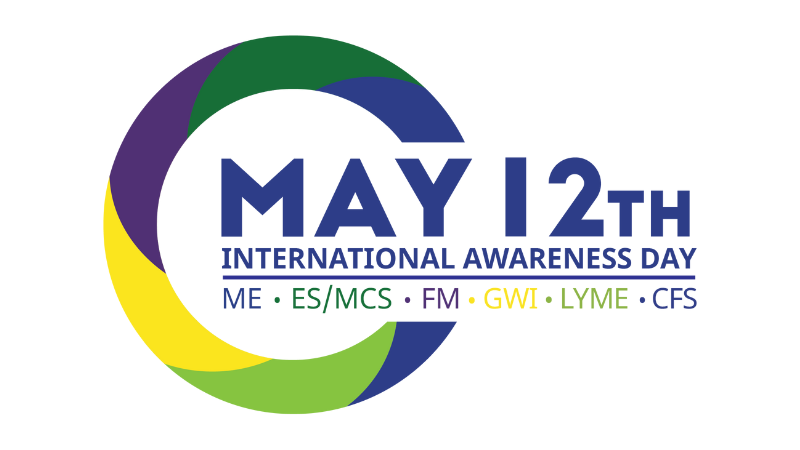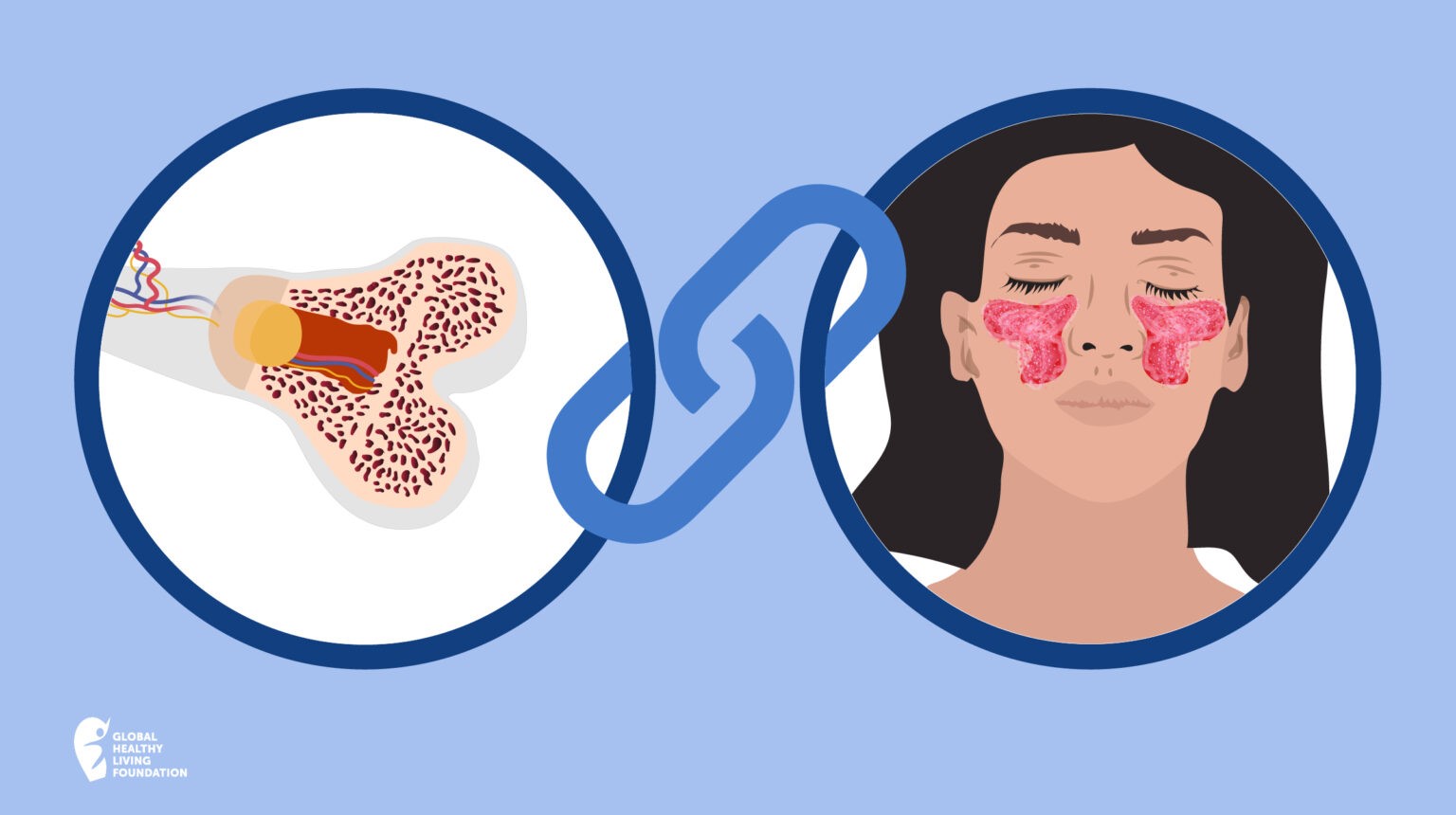Scleroderma Symptoms
Scleroderma symptoms include the hardening and tightening of patches of skin, which vary as to their number and location, with limited movement in the affected areas. Due to the tightness of the skin, it may also appear shiny. The excess build-up of collagen may also result in tissue damage and malfunction of the organ involved.
Raynaud’s phenomenon, a strong response to cold marked by pain or change in color of the fingers and toes, is an early sign of scleroderma, but may also occur in people who don’t have scleroderma. Other symptoms may include dry eyes and mouth, digestive problems such as acid reflux, difficulty with nutrient absorption and, more rarely, heart, lung or kidney malfunction which can be fatal.
Scleroderma and Pain
The pain of scleroderma tends to be centered around the fingers and toes as well as the joints of the body, particularly the feet and wrists due to the arthritis-like joint inflammation. Muscle pain and weakness are other common symptoms. One of the biggest sources of pain in scleroderma is the deep tissue fibrosis (caused by excess collagen deposits) that causes permanent shortening of the joints, and tendon friction rubs (a grinding or crunching feeling in joints when they are moved in a certain way). Studies have shown that pain is a key cause of depression in scleroderma patients. Sores and ulcers on the fingers and toes may also cause a significant amount of pain.





